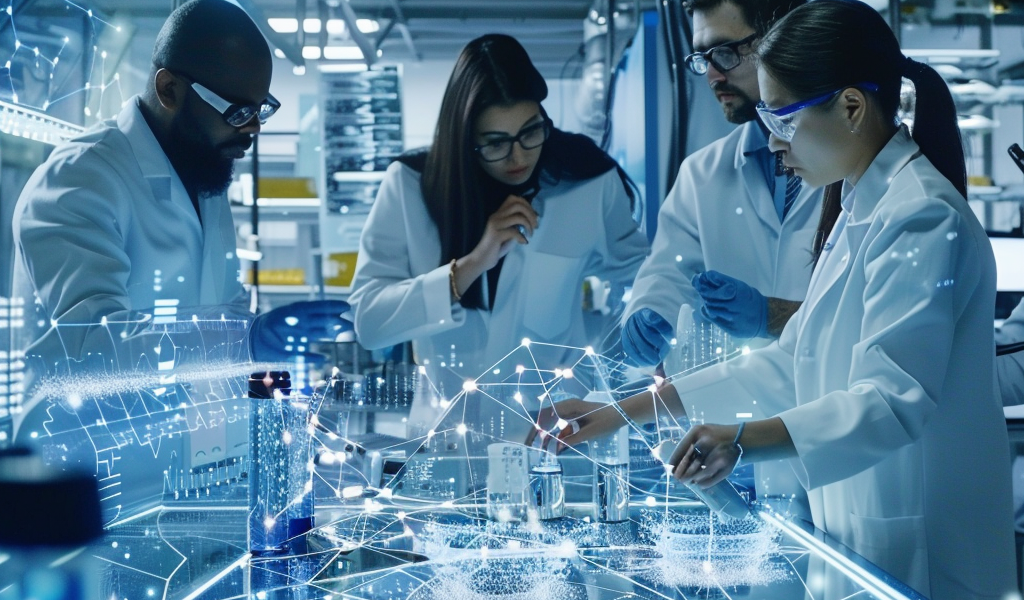AI Accelerates Discovery of Platinum-Free Electrolyzer Materials for Green Hydrogen Production
This week in the world of science, a research team at the National Institute for Materials Science has made a groundbreaking discovery in the field of green hydrogen production. The team has developed an AI technique capable of accelerating the identification of materials with desirable characteristics, specifically targeting the production of high-performance water electrolyzer electrode materials free of platinum-group elements.
Green hydrogen, considered a next-generation energy source, holds great potential for achieving carbon neutrality. However, the current reliance on expensive and scarce platinum-group elements in water electrolyzers has been a major hurdle in large-scale production. The slow oxygen evolution reaction (OER) in electrolytic water reactions, necessary for hydrogen production, has traditionally required these costly components.
In response to this challenge, the NIMS research team has leveraged AI technology to predict the compositions of materials with desirable characteristics, revolutionizing the process of identifying effective OER electrocatalytic materials. By utilizing this AI technique, the team successfully identified new, efficient OER electrocatalytic materials from a pool of approximately 3,000 candidate materials in just one month—a task that would have taken nearly six years through manual evaluation.
Notably, these newly discovered electrocatalytic materials can be synthesized using only relatively cheap and abundant metallic elements, such as manganese (Mn), iron (Fe), nickel (Ni), and phosphorus (P). This advancement marks a significant step forward in the quest for platinum-group-free, cost-effective OER electrocatalysts compatible with large-scale green hydrogen production.
The research findings, published in ACS Central Science, offer promising implications for the future of green hydrogen production. With the potential to reduce the cost and labor intensity associated with identifying optimal electrocatalyst compositions, this AI-driven approach paves the way for more efficient and sustainable methods of producing green hydrogen, ultimately contributing to the global transition towards cleaner energy sources.





